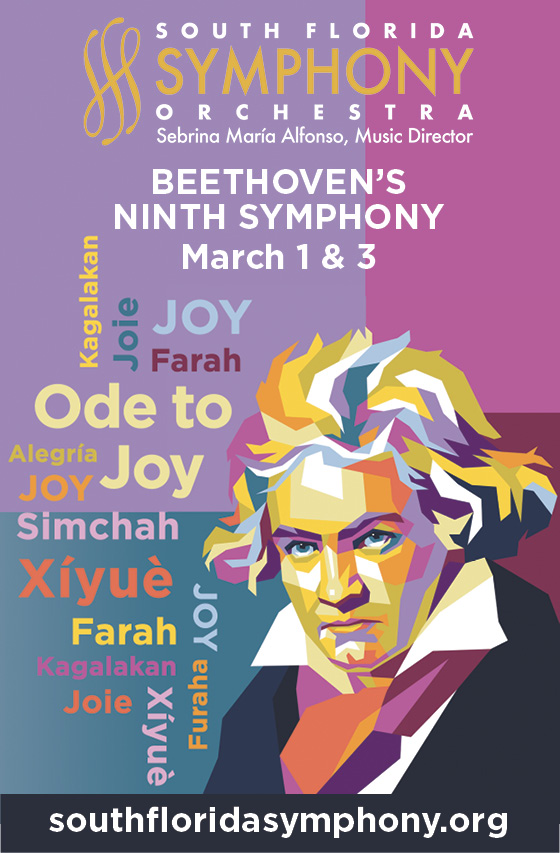
DURATION: Around 38 minutes
PREMIERED: Karlsruhe, 1876
INSTRUMENTATION: two flutes, two oboes, two clarinets, two bassoons, contrabassoon, four horns (two in C and two in F), two trumpets, three trombones, timpani, and strings.
“The idea comes to me from outside of me-and is like a gift. I then take the idea and make it my own-that is where the skill lies." – Johannes Brahms.
SYMPHONY: An elaborate orchestral composition typically broken into contrasting movements, at least one of which is in sonata form.
ALPHORN: A 12-foot long, valveless wooden horn shepherds used to signal one another in the alps.
FURTHER LISTENING: Symphony No. 2 in D Major, Op. 73
Violin Concerto in D Major, Op. 77
Hungarian Dances
The third movement of Brahms' Symphony No. 1 begins with a liquid-smooth clarinet solo accompanied by little drops of sound of pizzicato strings. Then, the orchestration flips, with the strings taking over the melody while the clarinet bounces around with a lilting arpeggio for a moment. It's an almost light-hearted contrast, probably the closest thing to levity in Brahms’ colossus of a first symphony, a work that underwent a 21-year gestation before seeing the light of day.
This is from the man who once declared: “I shall never write a symphony!" and who took nearly two decades to complete his first. The symphony opens with a pounding set of footsteps in the timpani, a slow tattoo that beats itself into the eardrums, while the entire orchestra screams through a desolate first statement of the melody. This steady pulse trudges inexorably toward the initial burst where the movement takes off at full steam, the pace nearly doubled, tempestuously minor throughout with only a few moments of brightness for contrast. Next, the Andante sostenuto movement is a more affirming but still weighty affair, with gorgeous, lyrical solos violin and oboe serving as the movement’s heart.
Two factors contributed to Brahms' excruciating progress with his first symphony. First, a perfectionist nature that led him to burn many of his early works and revise finished pieces ad infinitum before pulling the trigger on publishing. Second, he had a deep-rooted, understandable fear of publishing something that didn't measure up to the memory of that symphonist before him: a certain Mr. Ludwig van Beethoven, who died shortly after Brahms' birth and whose ninth symphony both inspired and intimidated Brahms deeply.
An early attempt at a symphony was ultimately adapted into the first piano concerto, and the germ for the actual Symphony No. 1 didn't occur until Brahms caught wind of a shepherd blowing a tune on the alphorn and jotted it down in a sketchbook. This tune became the introduction of the final movement of the symphony, a great, swelling affair in the French horn that changes the symphony's effect from a dark C Minor to a brilliant, fiery C major. Then, after a five-minute introduction, comes a tune of such rustic simplicity and simple positivity, that the heart can't help but sing. It is one of the greatest examples of building and releasing musical tension in the Western canon.
In response to assertions that this remembered Beethoven's "Ode to Joy" tune in the ninth symphony, Brahms retorted: "any ass can see that!" He saw this symphony as a form of homage rather than imitation, a continuance rather than a repetition. Critics and historians supported this position, with the most influential Viennese critic of the time, Eduard Hanslick referring to the C Minor symphony as “Beethoven's Tenth.”
Copyright © 2023 Jeremy Reynolds

